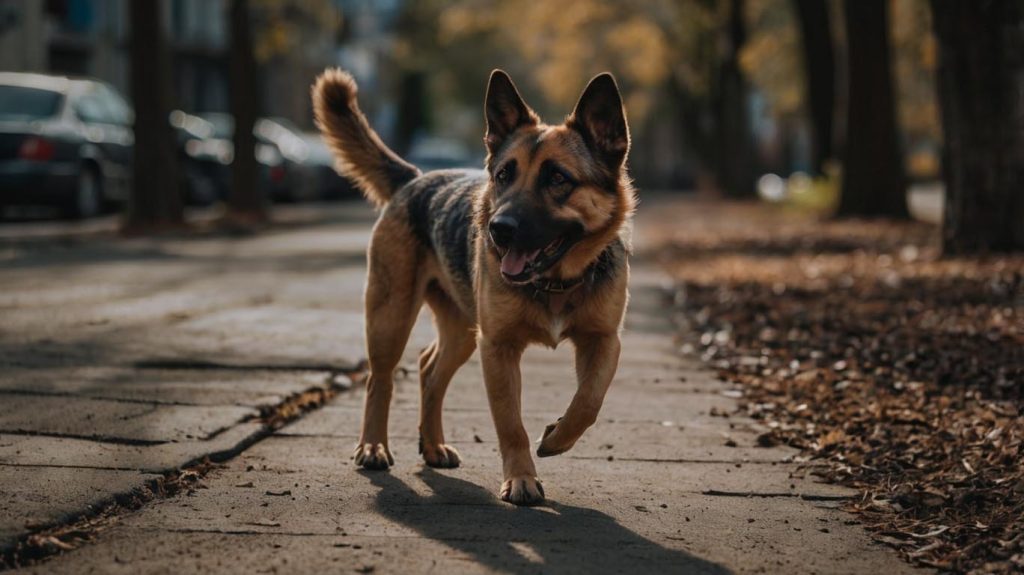Understanding the Canine Dog: More Than Just a Pet
Dogs have been our loyal companions for thousands of years. Whether serving as protectors, hunters, or loving pets, canines play a crucial role in human history. When I first adopted my Golden Retriever, Max, I didn’t just bring home a pet—I welcomed a new family member. Understanding the canine dog is essential for anyone who wants to build a strong bond with their furry friend.
But what exactly is a canine dog? The term “canine” refers to the family Canidae, which includes domestic dogs, wolves, foxes, and other wild relatives. While all dogs belong to this category, our beloved pets have been domesticated for centuries.
History and Evolution of the Canine Dog
Dogs have a fascinating history. Scientists believe that modern domestic dogs evolved from wolves around 20,000–40,000 years ago. Early humans likely tamed wolves that showed less aggression and better social behavior. Over time, these early canine dogs adapted to human lifestyles, eventually becoming the breeds we know today.

From Wolves to Household Companions
- Early domesticated dogs helped with hunting and protection.
- Different breeds were developed based on their skills, such as herding, guarding, and retrieving.
- Today, over 340 recognized dog breeds exist worldwide, each with unique characteristics.
Canine Dog Breeds: Which One is Right for You?
Choosing the perfect dog depends on your lifestyle. Whether you live in an apartment or have a large yard, there is a canine dog suited for you.
Popular Canine Dog Breeds and Their Characteristics
| Breed | Size | Temperament | Best For |
|---|---|---|---|
| Labrador Retriever | Large | Friendly, Loyal | Active families |
| German Shepherd | Large | Intelligent, Protective | Security & Police work |
| French Bulldog | Small | Affectionate, Playful | Apartment living |
| Golden Retriever | Large | Gentle, Friendly | Families with kids |
| Beagle | Medium | Curious, Energetic | Active owners |
Each breed has its own needs, so research before adopting a canine dog.
How to Properly Care for Your Canine Dog
Owning a dog is a long-term commitment. Providing proper care ensures your canine dog stays healthy and happy.
Essential Canine Dog Care Tips
- Nutrition: Feed high-quality dog food based on size, age, and breed.
- Exercise: Most dogs need daily walks and playtime to stay fit.
- Grooming: Regular brushing and bathing keep their coat clean.
- Veterinary Care: Annual checkups and vaccinations prevent health issues.
- Mental Stimulation: Puzzle toys and training keep their minds sharp.

Training a Canine Dog: Best Techniques for Obedience
Training is crucial for a well-behaved canine dog. Whether you have a playful puppy or a stubborn adult, consistency is key.
Basic Commands Every Canine Dog Should Know
- Sit: Helps maintain control in various situations.
- Stay: Keeps your dog from running into danger.
- Come: Ensures your dog returns when called.
- Leave It: Prevents your dog from picking up harmful objects.
- Heel: Teaches proper walking behavior.
Using positive reinforcement, like treats and praise, makes training enjoyable for your canine dog.
Common Health Problems in Canine Dogs and How to Prevent Them
Like humans, dogs can suffer from various health conditions. Regular vet visits and a healthy lifestyle reduce risks.
Most Common Canine Dog Health Issues
- Obesity: Caused by overfeeding and lack of exercise.
- Dental Disease: Poor oral hygiene leads to infections.
- Hip Dysplasia: Common in large breeds, leading to joint pain.
- Allergies: Some dogs react to food or environmental allergens.
- Ear Infections: Particularly common in floppy-eared breeds.
Preventive care, including regular checkups and a balanced diet, helps your canine dog live a long, healthy life.
Fun Facts About Canine Dogs You Might Not Know
- Dogs have around 300 million scent receptors, making their sense of smell 40 times stronger than humans.
- The Basenji is the only canine dog that doesn’t bark—it yodels instead!
- A dog’s wet nose helps them absorb scent chemicals, enhancing their sense of smell.
- The oldest recorded canine dog lived to be 29 years old!
FAQs About Canine Dogs
What is the difference between “dog” and “canine dog”?
“Canine” is a broader term referring to the entire dog family, including domestic dogs, wolves, and foxes.
How can I keep my canine dog active indoors?
Try interactive toys, obedience training, and hide-and-seek games to keep them engaged.
Do all canine dogs shed?
Shedding varies by breed. Breeds like Poodles shed less, while Huskies shed heavily.
What are the best dog foods for canine dogs?
Look for high-protein, grain-free, or breed-specific formulas based on your dog’s needs.
How often should I take my canine dog to the vet?
At least once a year for checkups, and more often for puppies and senior dogs.
Final Thoughts on Canine Dogs
Owning a canine dog is a rewarding experience. Whether you’re considering adopting a furry friend or want to improve your current pet’s care, understanding their needs is crucial. From training and nutrition to health and exercise, every aspect of their well-being matters.
Ready to welcome a canine dog into your home? Start your journey with the right knowledge and love!

